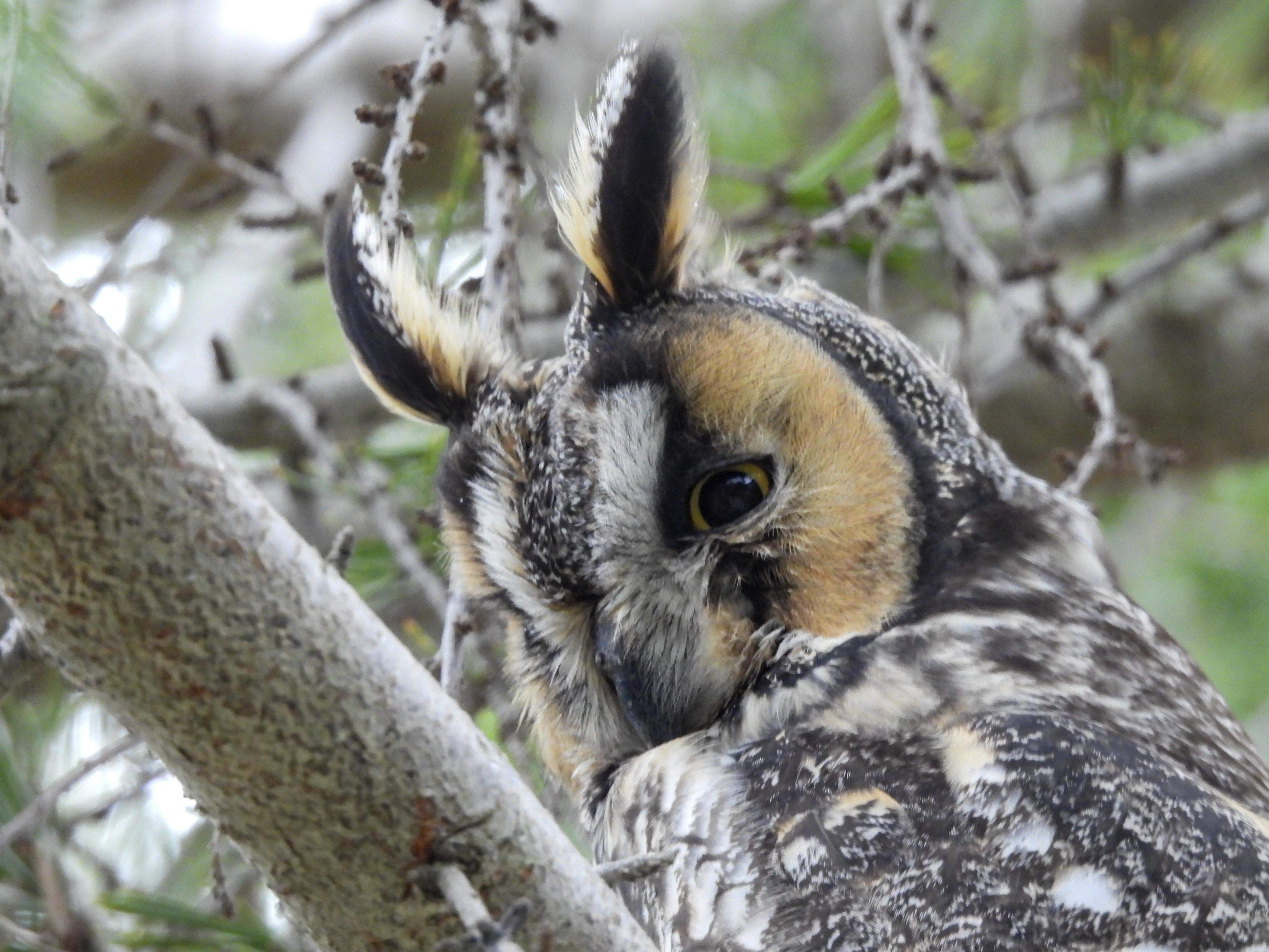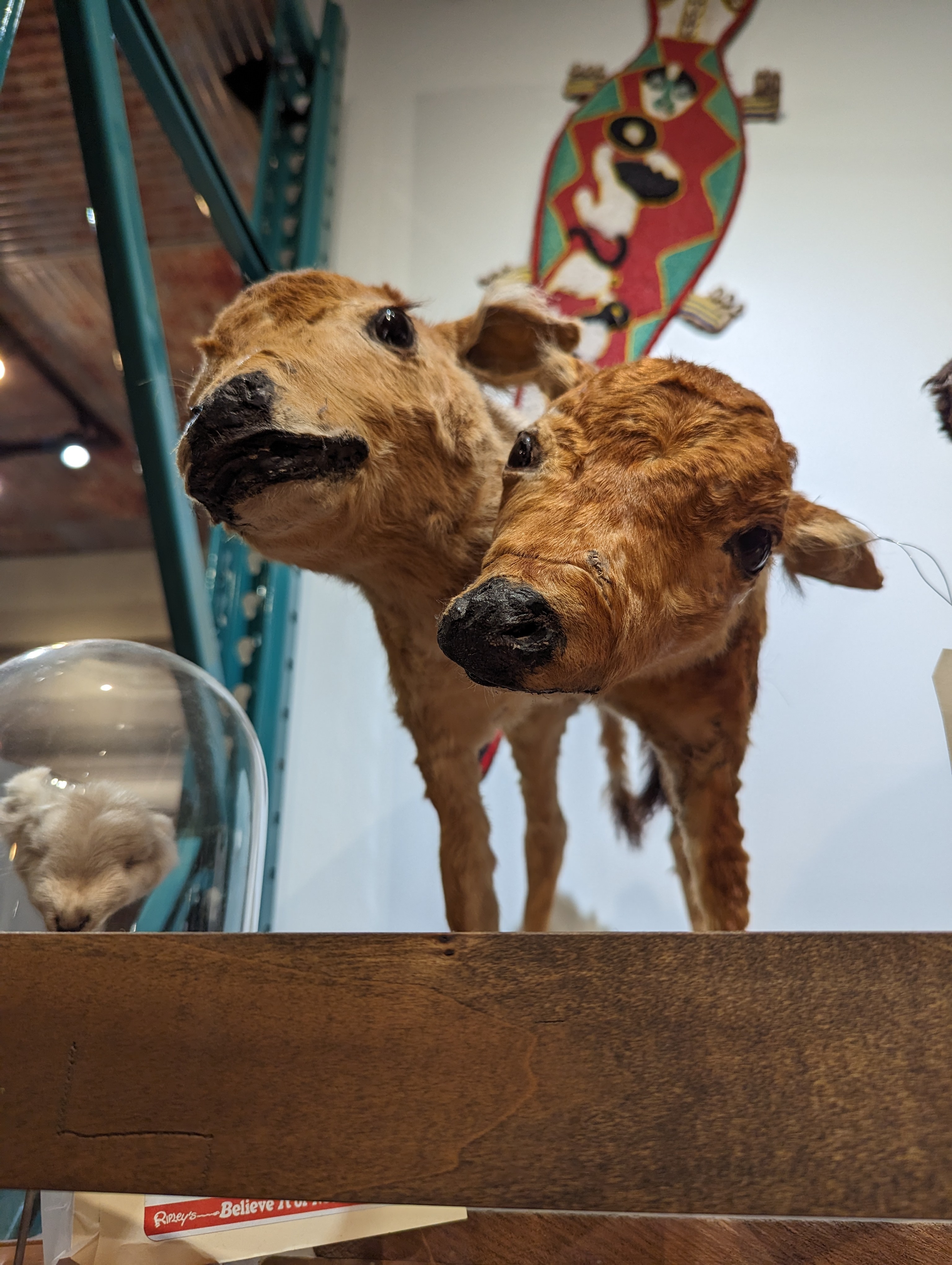The environmentally conscious around us are learning the ancient art of the mud hut.
They will soon learn about fire and burning buildings
https://home.howstuffworks.com/home-improvement/construction/green/straw-bale-house.htm
It might seem like straw bale houses pose a tremendous fire hazard, but they provide roughly three times the fire resistance of conventional homes [source: Morrison]. Loose straw is indeed flammable, but the bales are so tightly packed that they actually increase fire resistance. In a tightly packed bale, there’s no oxygen, which reduces the chance for combustion. The plaster coating of the walls adds an additional fire-resistant seal. The National Research Council of Canada conducted testing where straw bale walls withstood temperatures up to 1,850 degrees Fahrenheit (1,010 degrees Celsius) for two hours [source: Mother Earth News Magwood, Mack, Therrien].
Interesting! I was the one who learned about fire and buildings.
In a tightly packed bale
Like this?

Hot
Sounds like Big Straw pretending like ideal conditions are real ones.
I can’t say much, as a pretend exterminator, I’ll be in heaven.
I thought the same thing for some time. I watched an interesting video about homes using straw as an insulator and learned some interesting things. Here’s the timestamp where they talk about using straw.
Home, Grown: The future of building is waste | Patagonia Films
I feel itchy just looking at this.
Also the spiders. Also the mold.
Have you seen ordinary insulation?
I have installed it. I have also loaded bails. I’ll take the insulation any day.
It’s also flame resistant. Straw is the opposite.
It gets covered in plaster and is more fire resistant than a wood house.
https://home.howstuffworks.com/home-improvement/construction/green/straw-bale-house.htm
Also:
It’s important to get straw, not hay, for a straw bale home. Hay contains leafy material that is delicious to a range of animals, while straw is not a food source. Tightly packed straw, combined with properly applied plaster, makes it hard for critters to get into straw bale walls. Even if they do, there’s nothing for them to eat. Conventional homes, with nooks and crannies behind the walls, are more attractive to rodents.
Using straw should also ease the concerns of hay fever and allergy sufferers. Unlike hay, straw does not contain pollens. Rather, it’s a natural, breathable material, one that proponents are quick to compare to modern building materials, which may contain formaldehyde and other chemicals. Lastly, hay also decomposes naturally, making the house likely to rot, while straw usually requires additional nitrates to decompose.
The image above is definitely misleading. I did a bit more research and apparently because of how densely the straw is packed it doesn’t burn well.
Information on being more or less prone to infestation is mixed.
As for mold, everything I found stresses cracks in the coating, which will happen in any construction as buildings shift and settle, need to be repaired immediately to prevent moisture from getting in. This seems to be the biggest drawback. For fiberglass insulation you’ll install a vapor barrier, but that doesn’t seem to be the case with straw construction.
Yeah you don’t want to use a vapor barrier in straw bale construction. If you get any moisture in the wall you want it to not get trapped. Adobe plaster breathes the best but needs the most upkeep with gypsum and concrete each progressively getting less breathable and needing less upkeep.
Though fundamentally it is a style that is only suited for arid regions. So good for New Mexico, bad for Florida.
I live in Northern Germany and a lot of old houses still have straw roofs. It isn’t uncommon to hear about a fire that destroyed the whole house because it spread to much before the firefighters can arrive…
Straw homes are the way of the future, says every alternative construction and energy believer ever. Along with cobb, tires, and whatever else.
They’ve been around forever. They’re really only suitable for certain environments. They don’t last as long as regular construction. They are good at what they do while they do it, though. I wouldn’t have a problem living in one.
Also modern means of production made use able to turn it into excellent non flamable isolation material.
I saw on FB that a friend of mine built and lives in one of these and I didn’t have the heart to bring up Goldilocks or Trogdor the Burninator.
Funny (if unoriginal) take. But in reality, properly compressed straw bales turn out to be a really good building material.
I helped buildting a straw bale house like 20 years ago. They were not specially compressed or anything, but they are length wise
Bale and daube or adobe houses are really nice though.
They feel really different to live in. Some much more temperature stable.
My family live in a straw bale house we built in 2002.
Don’t they, like, smoke a lot?
Green Jelly intensifies 🎸🎶🎵🎶
Those who fail to learn history are doomed to repeat it







